Devi Girish Thampi was initiated into Bharatanatyam and Mohiniyattam at her parental home in Kerala, but the ever-smiling dancer got attracted to Kuchipudi by watching her seniors perform in the dance class. Speaking to Natyahasini, Dr. Devi Girish Thampi, shares that Kuchipudi is an art form that she chose to specialize on, when she joined Post Graduation in Performing Arts at the Department of Dance, University of Hyderabad. “When I joined my Post Graduation in Performing Arts at the Department of Dance, University of Hyderabad, I could not think of any other performing traditions as my choice other than Kuchipudi. In Kerala, though I was introduced to Bharatanatyam and Mohiniyattam, it was Kuchipudi that instilled a kind of zest for knowledge in me. Moreover, I was fascinated and inspired by the approach of Prof. Anuradha Jonnalagadda Ma’am towards the theoretical and practical constructs of Kuchipudi. So, any day it is Kuchipudi, I would learn,” professes the dancer.
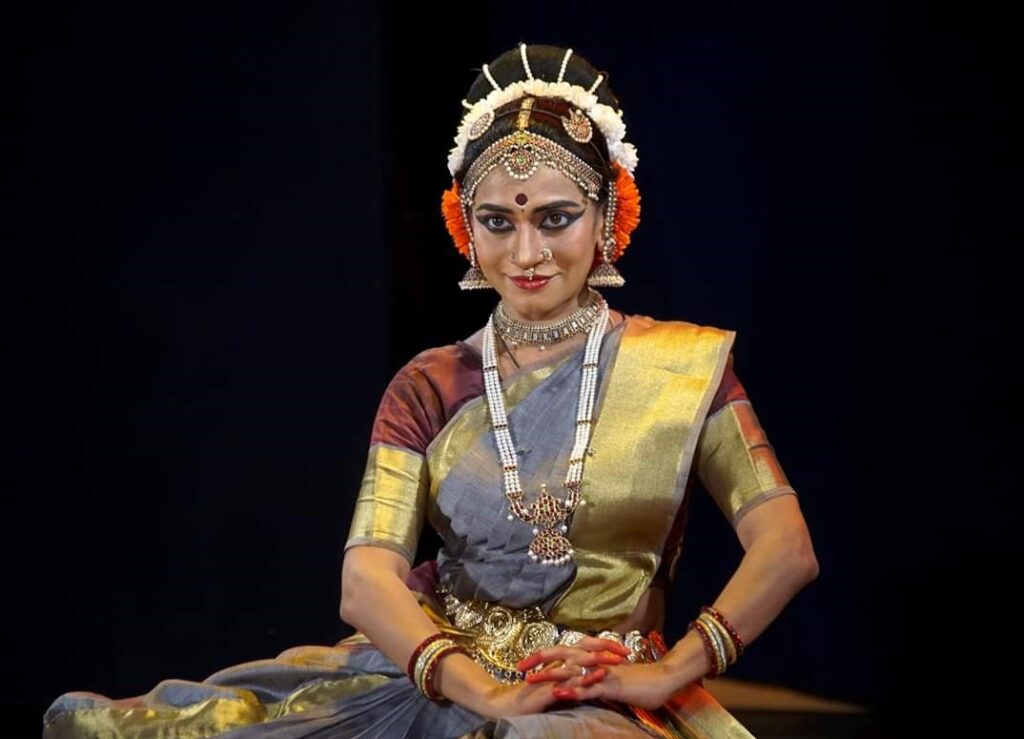
Sharing her learning curve under Anuradha Ma’am, Devi without mincing words says: “For me, to learn Kuchipudi was initially a learning –unlearning process. From that point till now, my association with Anu Ma’am and her inputs, both creative and theoretical has helped me evolve as an artist and as a human being. She never taught me to be like this or that, it was her approach towards ‘Art’ as an umbrella term that has inspired me.” She says that she cannot number the takeaways that she gained through working with Prof. Anuradha Ma’am, but her journey has a lot to do with the inclusiveness that Anu Ma’am has taught. “The ethics, values and culture that Anu Ma’am has instilled in me as a performing artist is one remarkable point that I have learned watching her,” says the passionate dancer.
Research, Different Concept: Devi, who was awarded Ph. D. in Kuchipudi under the astute guidance of Prof. Anuradha Jonnalagadda from Dept. of Dance, Sarojini Naidu School of Performing Arts, Hyderabad Central University, says: “Research is an entirely different concept, the theoretical knowledge in a performing tradition would act as a positive pointer while doing a choreography. It allows you to portray different images and imageries. It opens up a vast vista of knowledge. The scholar – practitioner concept juxtaposes an amalgamation of wide knowledge into choreography that in turn would excite the spectator too.” The dancer states that if research is considered as certification, then it is a very positive pointer. “However, the other Dance certificates of levels in practical learning might encourage the learner to acquire knowledge, provided you are under the guidance of an astute Guru,” she says.
The co-founder of Aathmakalpa Kuchipudi Nrithyagram, who has developed a consolidated inter-disciplinary curriculum for Kuchipudi for the Department of Dance, IIIT Basara, and also a detailed module and curriculum on Dance as General Elective for Graduation and Post Graduation level (2018) for National Institute of Fashion Technology (NIFT), Kannur, Kerala, says formulating curriculum is always an exciting work. “The main motto for developing curriculum for educational institutions like NIFT is not just teaching dance, but to have an inter-disciplinary approach and, co-relation with other subjects too. So, the curriculum is formulated after in depth study of subjects that are taught there, and how these subjects could be co-related to dance. This is always exciting as it allows me to learn something new,” says the Kuchipudi dancer.
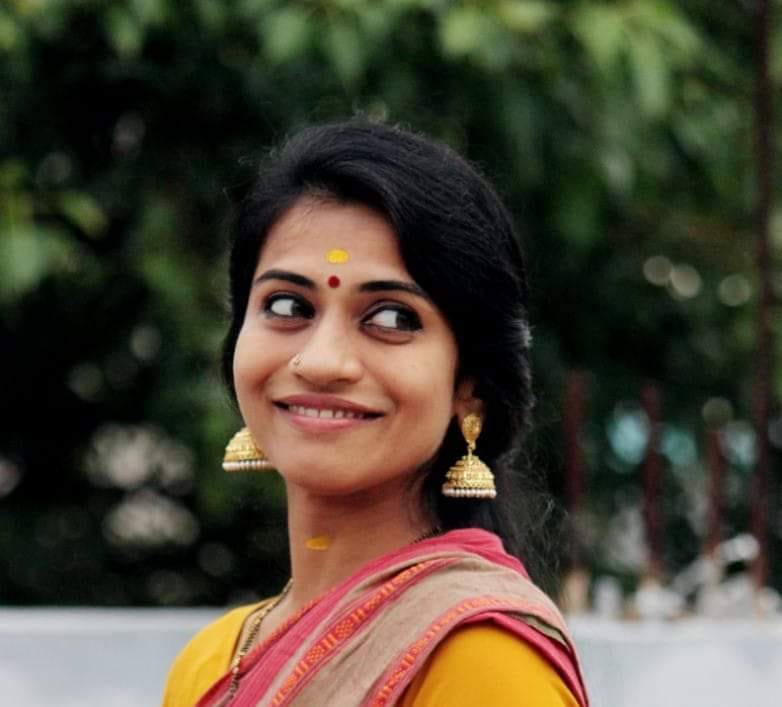
Elective Course: Throwing more light on the NIFT course, Devi states that it is an elective course which is opted by students of different streams. “So, every semester they will have this course as an elective for both Under Grads and Post-graduation students. Yes, the students are assessed, there are assignments and final exams which the students need to attend and pass, as these will be added to their main mark list.” She agrees that this falls under the Liberal Education stream.
A Graded artist of Doordarshan Hyderabad, Devi says that presenting paper along with such experienced scholar – practitioner like Dr. Yashoda Thakore Ma’am is a learning in itself. “I was able to retrospect my approach towards presenting paper and also my preparations towards it. Yashoda Ma’am made me understand about the tone, attitude and the receptiveness, a speaker should have. Working under her also made me understand to embrace my work with passion,” she says.
Presently, working as Assistant Professor, Department of Kuchipudi, University of Silicon Andhra, California, the Kuchipudi dancer says that being a teacher makes one a student again. “For me, each class is exciting as the bunch of students who sit in front of me ask questions that I never thought of. There are many thought-provoking moments that happen in the class, which actually gives me an opportunity to analyse and understand my knowledge on the subject. So, this journey as a teacher provides me a great scope to learn again and again,” says the Kuchipudi instructor.
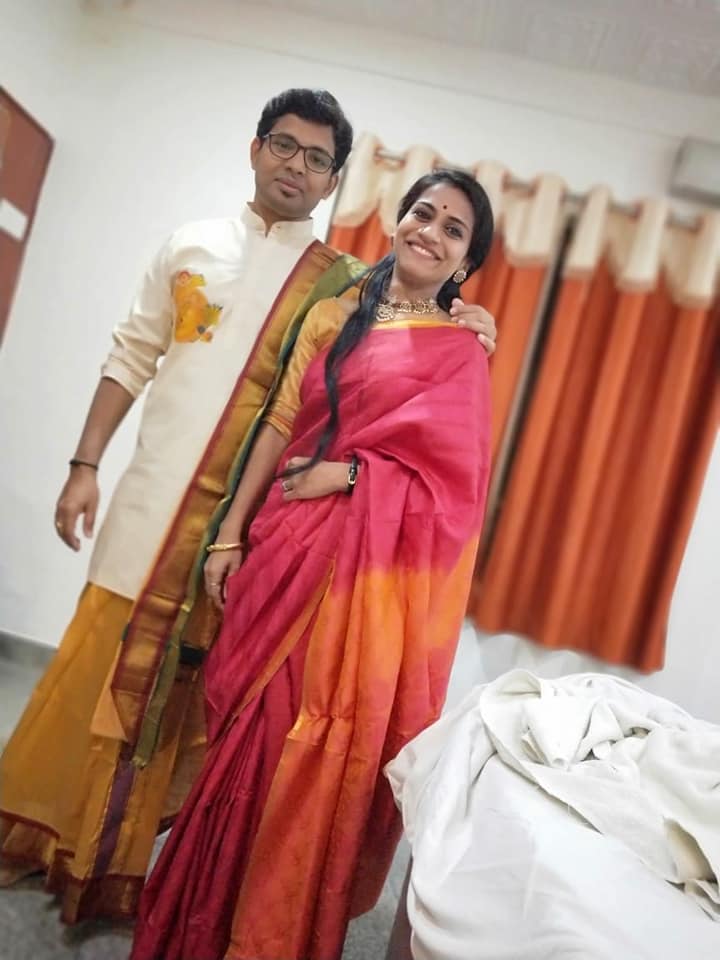
Love Marriage: Devi, who shares the stage and life with Girish Chandra, acknowledges that they met at the University of Hyderabad. “We were classmates. Both of us pursued our post-graduation from Department of Dance specialising in Kuchipudi from UoH,” she says, quickly adding that their elders blessed them as they understood that it is not just their personal life, but professional life too was going on the same line.
The couple is professionally trained in Kuchipudi under the supervision of Dr. Vedantam Ramalinga Sastry and Prof. Anuradha Jonnalagadda for more than 10 years. The duo has developed their own Kuchipudi repertory and travelled across the globe for performances. They have composed and choreographed ‘Arjunah Dasanameeyam’, a dance drama in Sanskrit language. “The dance drama is a traverse of Mahabharata through the ten names of Arjuna and the stories related to it. This dance drama was choreographed and premiered for the ‘Festival of India’ series of Ministry of Culture in Myanmar in August 2017,” says Devi. Some of their popular choreographed dance productions include Panchatantra, Be Inspired, Still I Rise, Manasi Nabhasi and Jala Dhara. “Our choreography of ‘Shiva Shiva Bhava Bhava Tarangam’ is my favourite. That is our first choreography of a Tarangam and that received rave reviews,” she says with happiness.
Duet Favourite: Devi affirms that anytime, duet performance is her favourite. When asked to reveal who were her dance idols, the dancer says that each performer gives different experience. “Their approach and attitude depend upon their journey with the Art. The experience of each artist would bring in an aura through their performance, so we cannot name any single person, but each artist of merit inspires and astonishes us with their work and thought process,” she says.
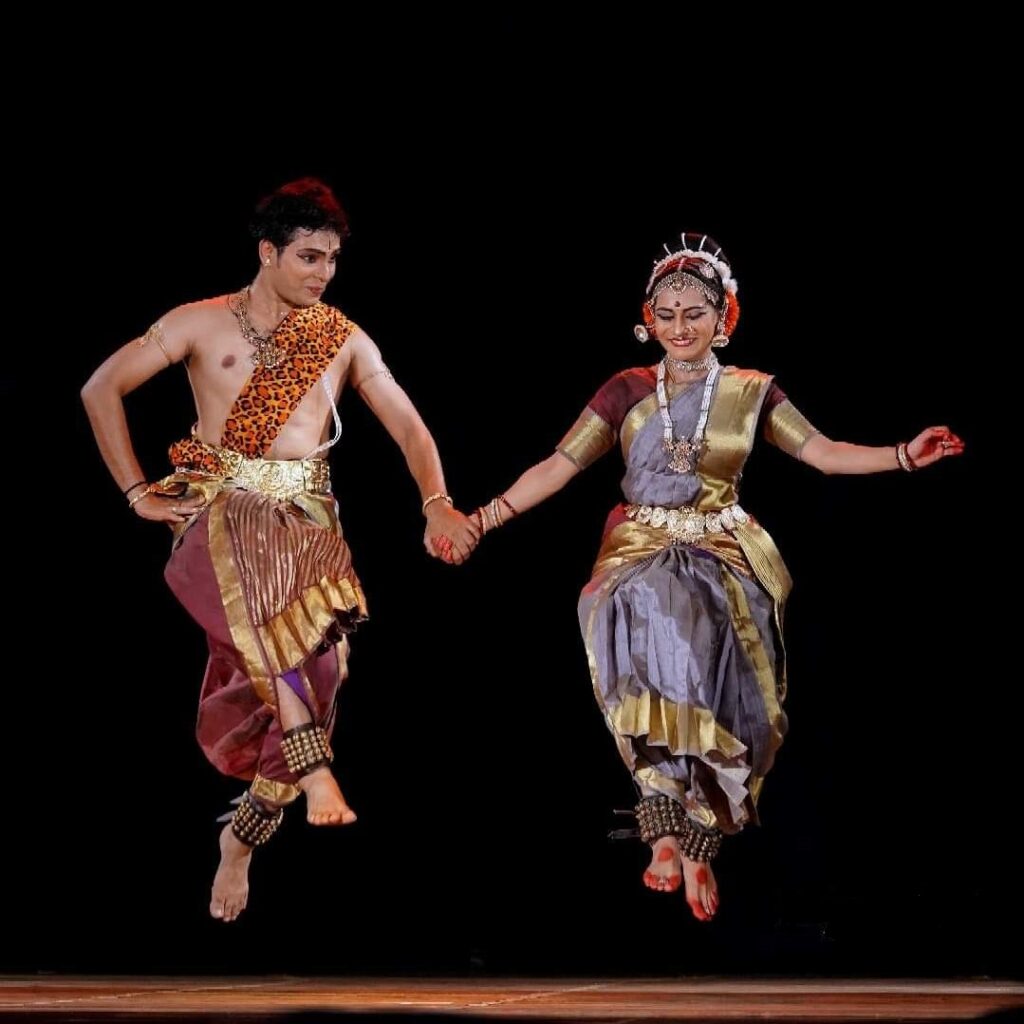
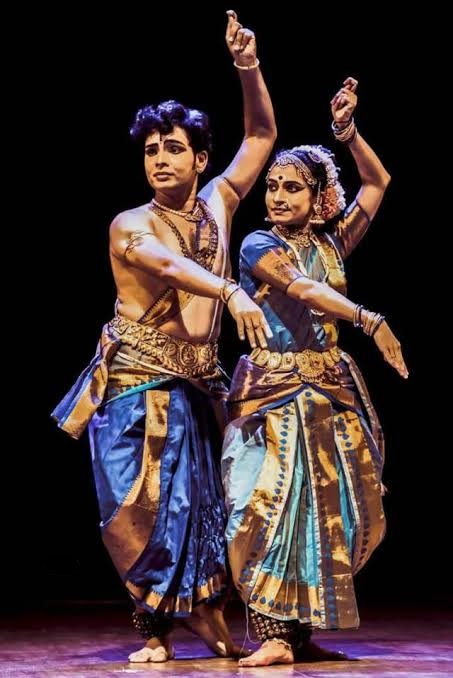
The dancer says that each performance brings in different experiences and with each experience one grows as an artist. “For us, it is not about the place, but about the kind of spectators or audience that we get to meet who enrich us. The interaction with audience is the best part that we enjoy the most, their questions, analysis, perceptions, and findings are something that excite us,” Devi says. This dance guru began her dance journey when she was three years old. “My parents always used to say that I was a compulsive dancer then, and this attitude of mine made my father understand my interest in dance and enrolled me in dance class.”
On a parting shot, Devi’s advice is: “Let the light within you shine brighter than the light around you.”

Your article helped me a lot, is there any more related content? Thanks!